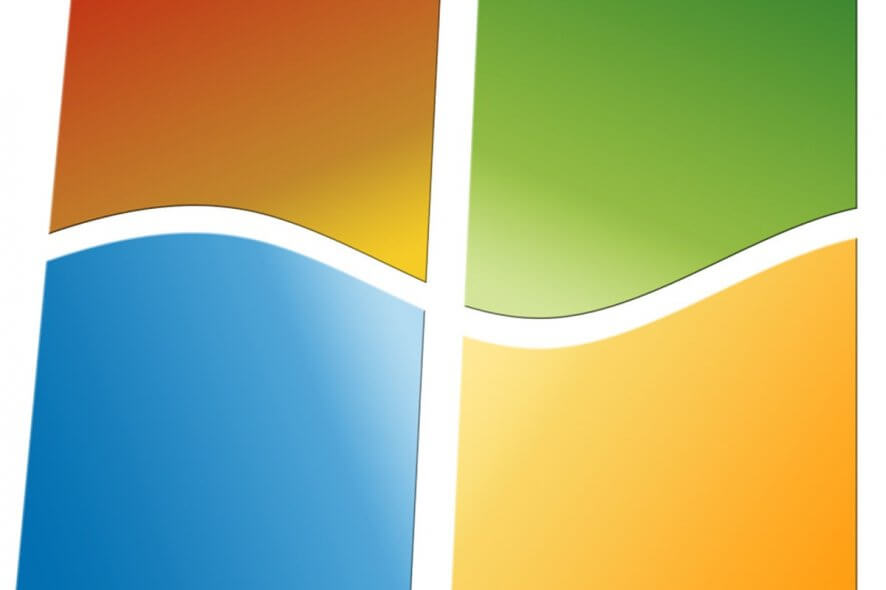Will Windows 10X containers end update errors?
2 min. read
Published on
Read our disclosure page to find out how can you help Windows Report sustain the editorial team. Read more

During the latest Microsoft 365 Developer Day, a lot came out about how the company’s futuristic operating system will function on dual-screen devices. It emerged that Windows 10X updates will be superfast, taking less than 90 seconds to complete.
How Microsoft pulls it off
Windows 10X sports a superior architecture that facilitates a smooth and quick upgrade process. Windows 10 updates, which are way too slow, are delivered differently.
According to Microsoft, separation makes a critical difference here. That is why its upcoming OS puts apps, drivers, and system files in separate containers. As such, Windows 10X has a high level of autonomy that shields its files and data from external interference.
Similarly, the OS hosts the Win32 container, which also has a reasonable level of independence. Since the “OS within an OS” has its own kernel, it can “run things” internally without outside interference, except for when capturing/outputting data or accessing system hardware resources.
Separating apps and data from the host OS allows upgrades to take place in the background and rebooting your device completes the shift to the latest version of Windows 10X. Microsoft describes this new update delivery system as “non-intrusive.”
So, are Windows update mishaps coming to an end at last?
Traditional Windows updates do take time to complete, and yes, 90 seconds for Windows 10X is a massive, welcome improvement. But download time is not the real reason why you may sometimes hesitate to get the latest Windows 10 enhancements even when they are meant to address a mission-critical issue.
Lately, it appears that each Windows 10 update that Microsoft delivers leaves behind a trail of user complaints, from unexpected reboots to missing OS features/functions. Could containerization solve such problems in Windows 10X or even in Windows 10?
It depends. For starters, Microsoft only promised that Windows 10X updates would be fast. It did not guarantee that such OS changes will always be perfect.
Secondly, is a flawed delivery system causing some Windows updates to fail, or are the updates themselves inherently defective?
Putting apps in a separate partition or container from system files changes the way Microsoft delivers OS updates. But a superior delivery technique will certainly not fix an update whose code is intrinsically flawed.








User forum
0 messages